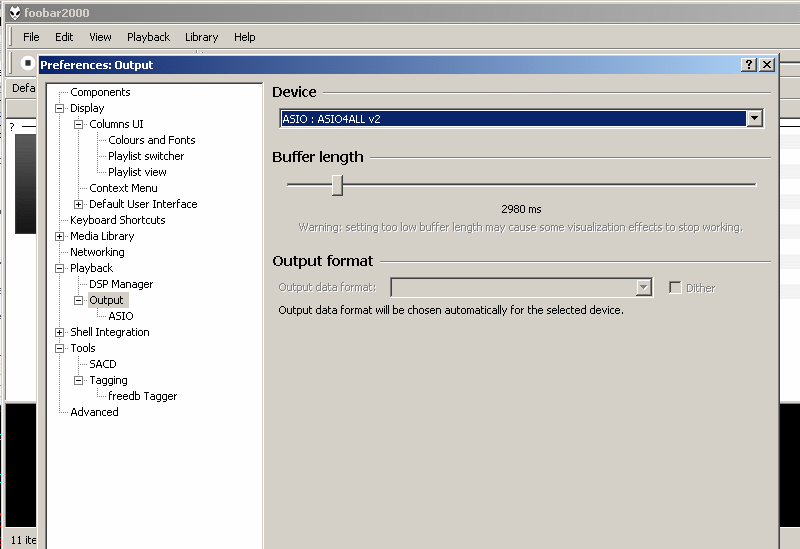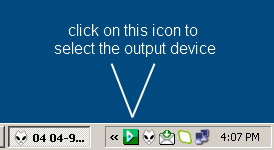> new group open to buy kit or assembled <
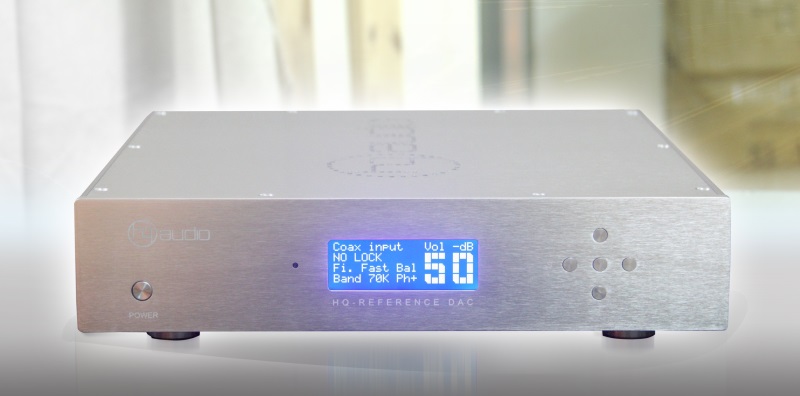
INTRODUCTION
After the great success the first version Quanghao opens a new group buy to produce a new series of DAC.
This ES9018 DAC have these features:
- PIC Microcontroller to remap DAC and share I2S connection with DSD signals
- Amanero module integrated to have USB input
- Support 44,88,96,192,352,384KHz PCM and DSD to play SACD ISO
- Full ground isolation from USB module
- On board reference 100MHz Crystek oscillator with a jitter of 0.5psec
- Ultra fast oscillator buffer
- 4 inputs: USB, Spdif coax on BNC, AES/EBU Professional on XLR, Optical Toslink.
- 2 output stages choice: differential no feedback discrete current amplifier or transformers
- 4 row x 20 characters LCD
- Controller compatible with any 5V LCD and VFD
- Simple firmware upgrade
- Large dB volume display
- Top performance linear pre-regulator LT1963
- Separated fast shunt for any digital section
- Separated fast shunt for any analog channel
- Remote volume control
- Remote mute control
- Remote input control
- Digital filter control
- Optional passive I/V
The main characteristics of the ES9018 are the patented 32-bit Hyperstream™ DAC architecture and Time Domain Jitter Eliminator.
This is the first DAC chip that does not use the master clock on I2S bus and it automatically resample the input signal at the highest resolution available 32bit 384KHz.
 |
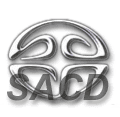 |
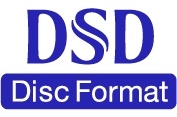 |
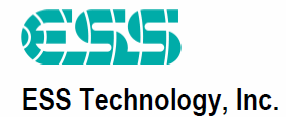 |
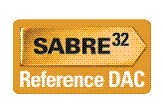 |
USB - I2S MODULE
We have an active collaboration with Amanero srl and Quanghao is the first DIY company to have integrated this USB-OEM module.
Using the Amanero module we can play also 32bit 384KHz and DSD files (SACD format).
ES9018 DAC MODULE
The DAC module use a dedicated power supply with shunt separated for any section of the ES9018:
All the power supply use a controlled current source and a hi-speed shunt linear regulator.
This module the ES9018 when connected to the controller module can be configured to select 4 different inputs:
I have followed the configuration suggested on http://hifiduino.wordpress.com to share the same 3 wire for I2S and DSD.
The DAC input configuration is remapped by the Micontroller module setting the register #14.
Here the schematic modified from original to add the 3 spdif input and to show both mode in the same image.

Using the controller module is also possible use the internal high performance volume of ES9018 with characteristics better than hi-end analog types (see article).

DAC ES9018 with solid state output stage
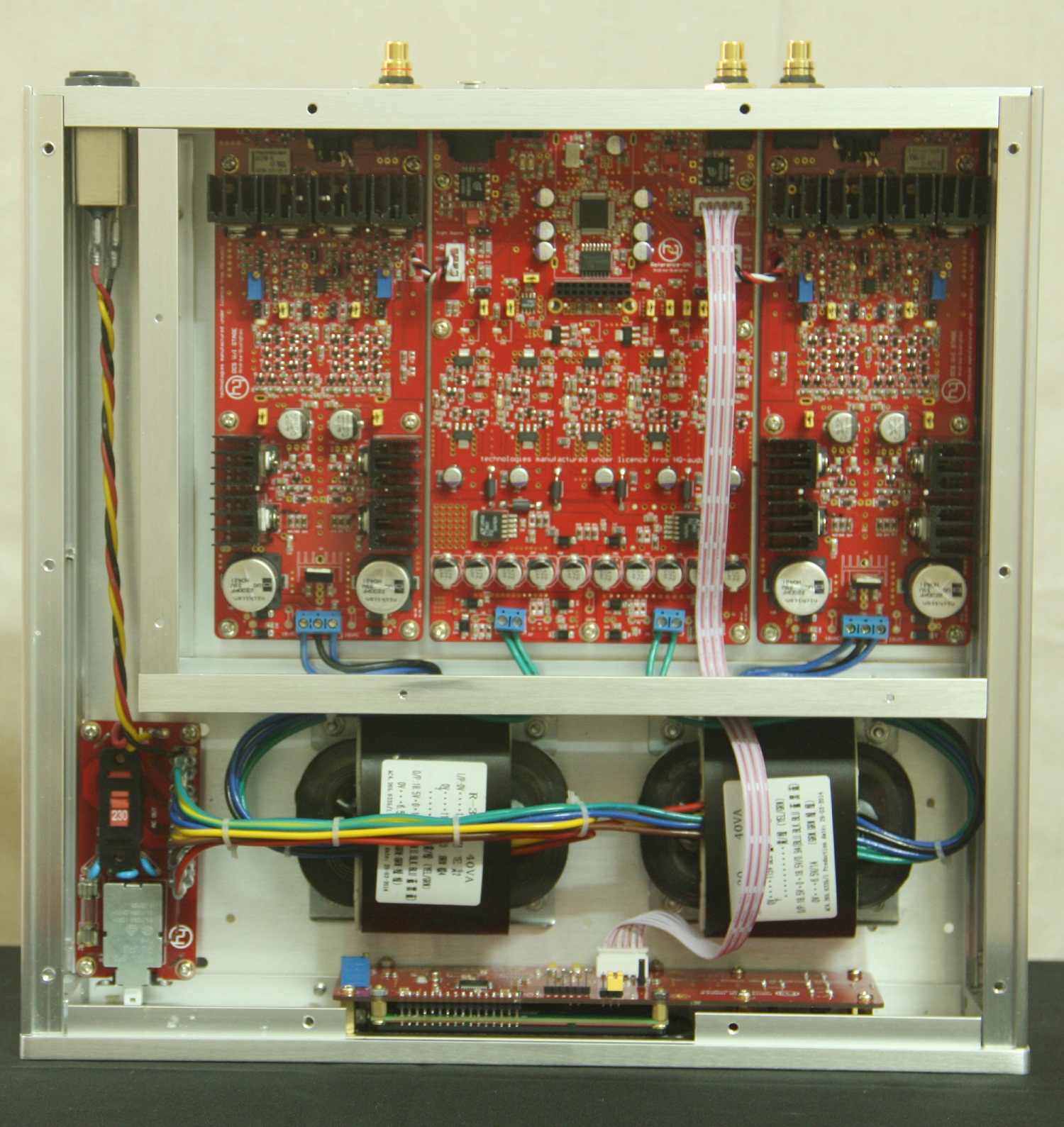

DAC ES9018 with LL1684 output stage

OSCILLATOR
This is a critical component, the sound performances can be compromised with a cheap oscillator so we are using the CCHD-575 Ultra-Low Phase Noise Crystal Oscillator, 3.3V HCMOS.
The frequency 100MHz as been choiced to support any PCM and any DSD sampling frequency.
POWER SUPPLY
In the first version there was a shunt power supply based on op-amp with high global feedback, in this new release we have develop after many simulations a new discrete shunt without op-amp, the feedback is lower but it the response on transient is better.

CONTROL GUIDE

CONTROLLER MODULE FIRMWARE
 |
To program the 16F877A Microchip microcontroller I have used the PICKIT 2 USB Development Programmer/Debugger (cod. PG164120 or DV164121) with a cost about 40-50$. |
I love the C language because it is very simple if compared to assembler.
 |
The my C source has been compiled with HI-TECH PICC-Lite™ Compiler V9.82 for PIC10/12/16 MCUs.
HI-TECH Software has provided a freeware HI-TECH PICC-Lite compiler as a tool for hobbyists and students, but the licence allows its use for commercial purposes as well. It is ideal as a teaching tool for an introduction into the 'C' language and embedded programing on a Microchip device. |
OUTPUT STAGE OPTION 1 - DISCRETE NO FEEDBACK
- no feedback
- very low distortion because it work ass current amplifier
- Full class A operation on any load
> - Dual Single Ended mosfet buffer
- zero dc offset using dc servo loop - variable voltage gain only changing a single resistor (I/V)
- 3 voltage amplification setting with jjumps
- high output current to drive any low iimpedance headphone in pure class A
- high output voltage to drive any high impedance headphone
- very low output impedance to drive anyy cable
- both un-balanced and balanced output <
- differential configuration to reduce ccommon mode DAC errors
- output relay for the startup-up phase
- discrete high current shunt regulatorss

OUTPUT STAGE OPTION 2 - LL1684 TRANSFORMERS
After many listening tests with my friends I consider this configuration as the best.
I don't suggest an I/V made with a transformer so use only 1:1 configuration with center 10K // 2.2 - 22uF Sanyo OS-CON as described in the old Glass Audio article of Stefano Perugini.
The LL1684 with the amorphous core is the best choice as output transformer.


PHOTOS OF PROTOTYPE



PHOTOS OF LAST PRODUCTION

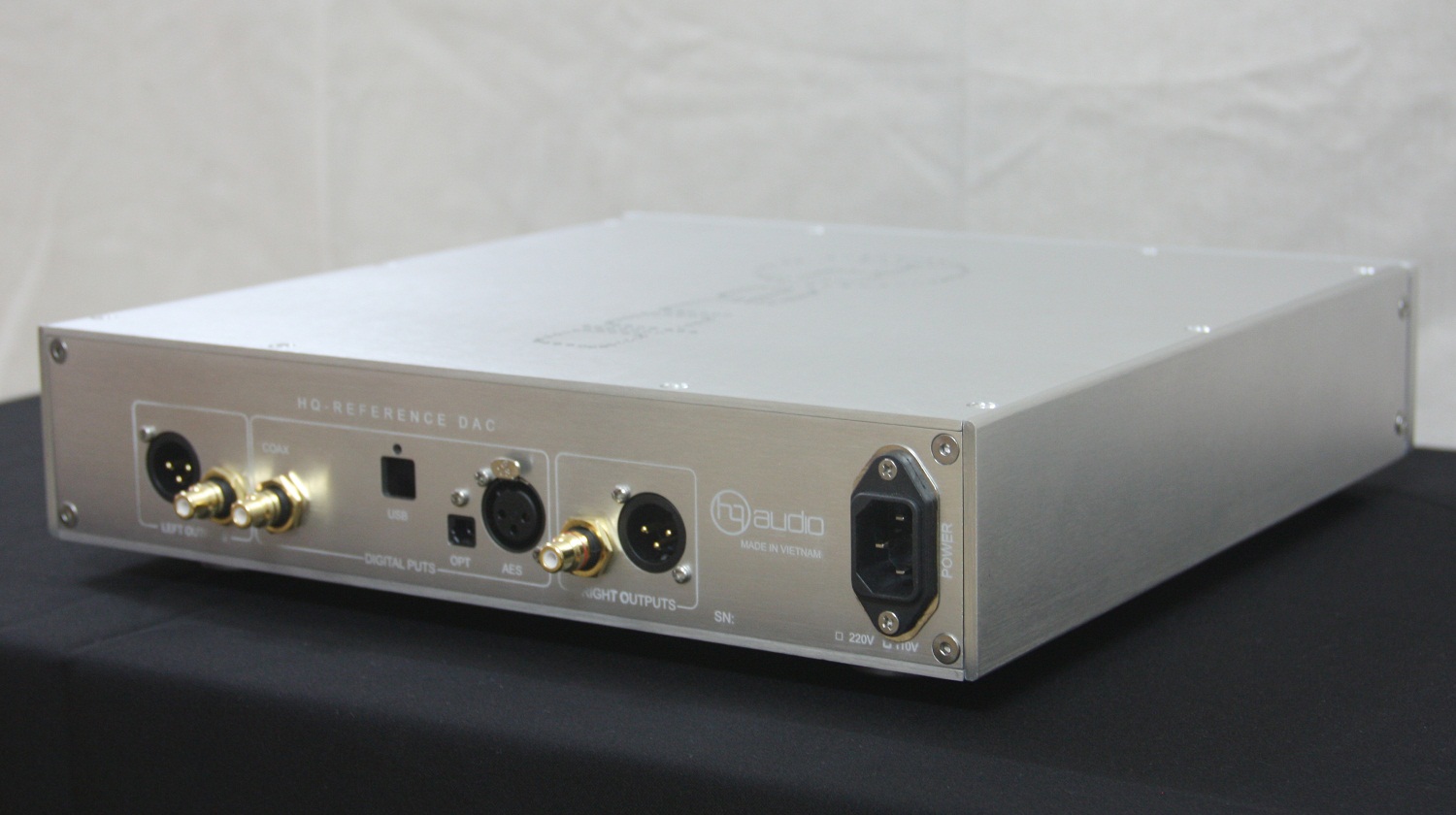
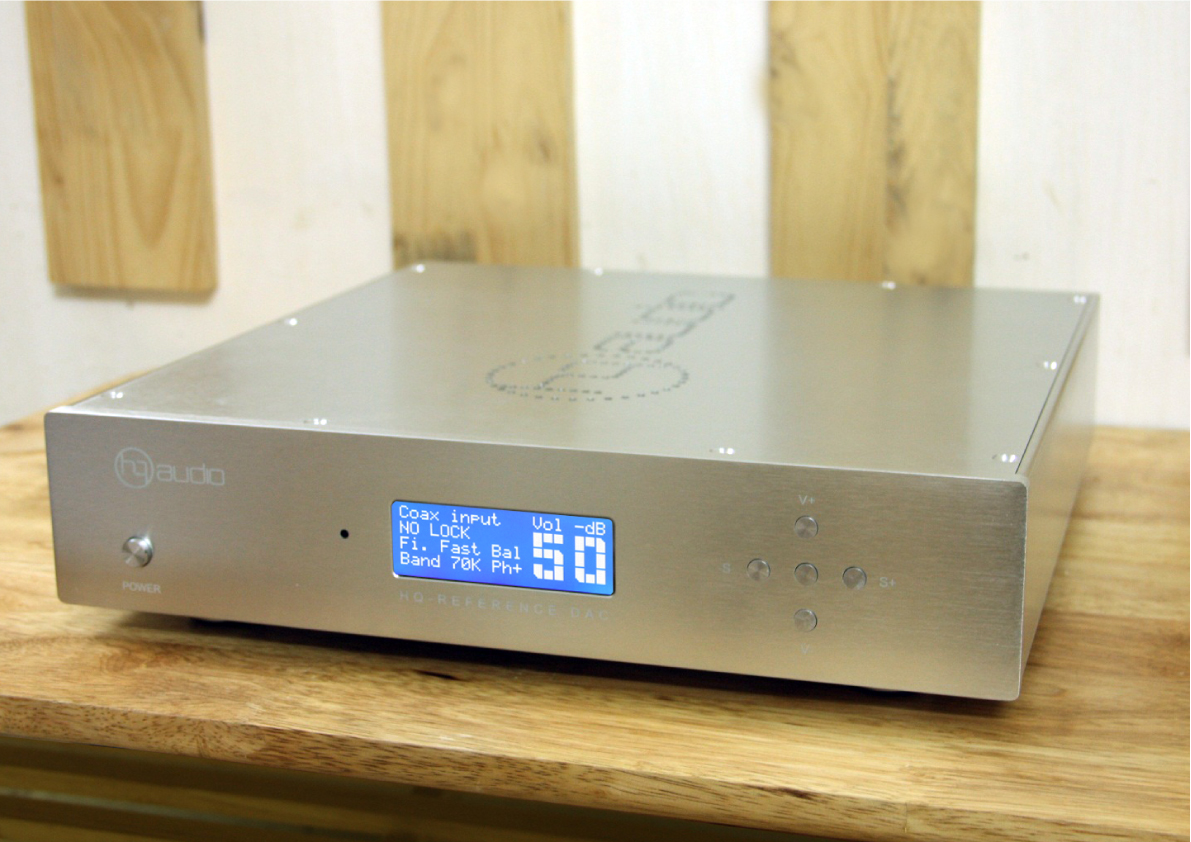


CONFIGURE PLAYER
In order to play PCM and DSD audio tracks on Windows XP or 7 you can use Foobar2000 or JRiver Media Center.
The JRiver is more simple and with this configuration you can play 44,88,96,192,384KHz, DSD files and SACD ISO.

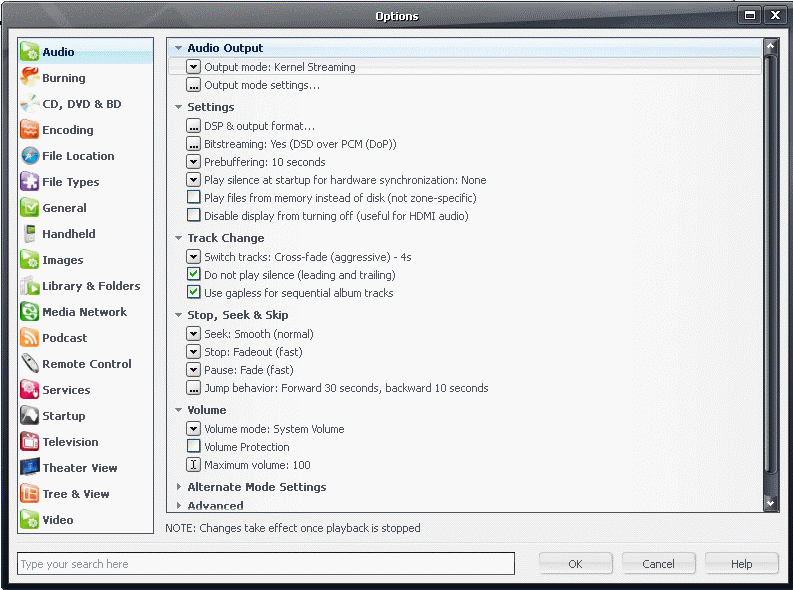


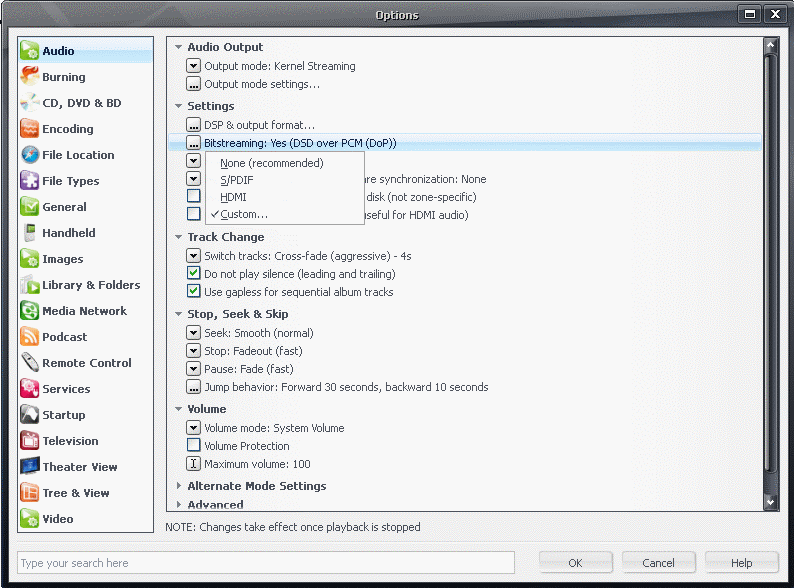

To use Foobar2000 is much more complex
You can follows the guide on: http://hifiduino.wordpress.com or this following images.
copy foo_input_sacd.dll, foo_dsd_asio.dll and foo_out_ks.dll in the directory C:\Program\foobar2000\components
If you select as output device the ASIO4ALL when you start to play any tracks an little icon will be insert in the Appl. Bar.
